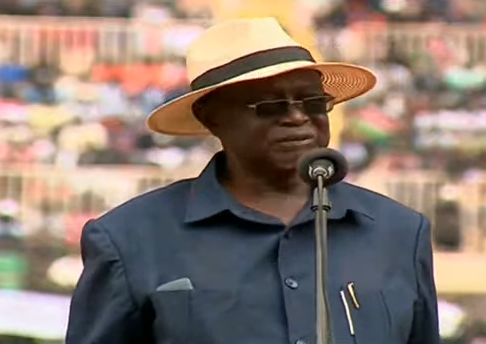The Orange Democratic Movement (ODM) faces its greatest challenge yet following the death of its long-time leader Raila Odinga. For nearly two decades, ODM’s strength was inseparable from Raila’s unmatched political charisma, liberation legacy, and populist appeal that transcended Kenya’s political landscape.
On Monday, the party’s Central Management Committee appointed Siaya Senator Oburu Odinga, Raila’s elder brother, as the acting party leader pending the National Delegates Conference (NDC). While the move provides a sense of continuity, it also underscores ODM’s deep uncertainty about its identity in a post-Raila era.
Oburu inherits a party divided between the old guard and the progressive “Young Turks,” each pulling in different directions. The immediate challenge is leadership legitimacy, with Oburu’s appointment seen as a temporary measure rather than a long-term solution.
The cracks widened after Secretary General Edwin Sifuna and Chairperson Gladys Wanga clashed over the party’s stance on President William Ruto’s administration. Wanga has supported continued cooperation with Ruto’s government under the “broad-based” arrangement, while Sifuna insists ODM must field its own presidential candidate in 2027.
This split has deepened since Raila’s burial, with key figures such as Mombasa Governor Abdulswamad Nassir and Vihiga Senator Geoffrey Osotsi initially backing the government but later showing signs of retreat. Homa Bay Senator Moses Kajwang’ recently remarked that Raila’s cooperation with Ruto was based on mutual understanding, not a formal pact — warning ODM against being “swallowed” by the ruling coalition.
Oburu now faces the daunting task of redefining ODM’s direction while preserving its legacy and relevance. His priority, he says, is to strengthen the party’s structures to ensure it remains a formidable political force capable of negotiating from a position of strength in the post-2027 landscape.

